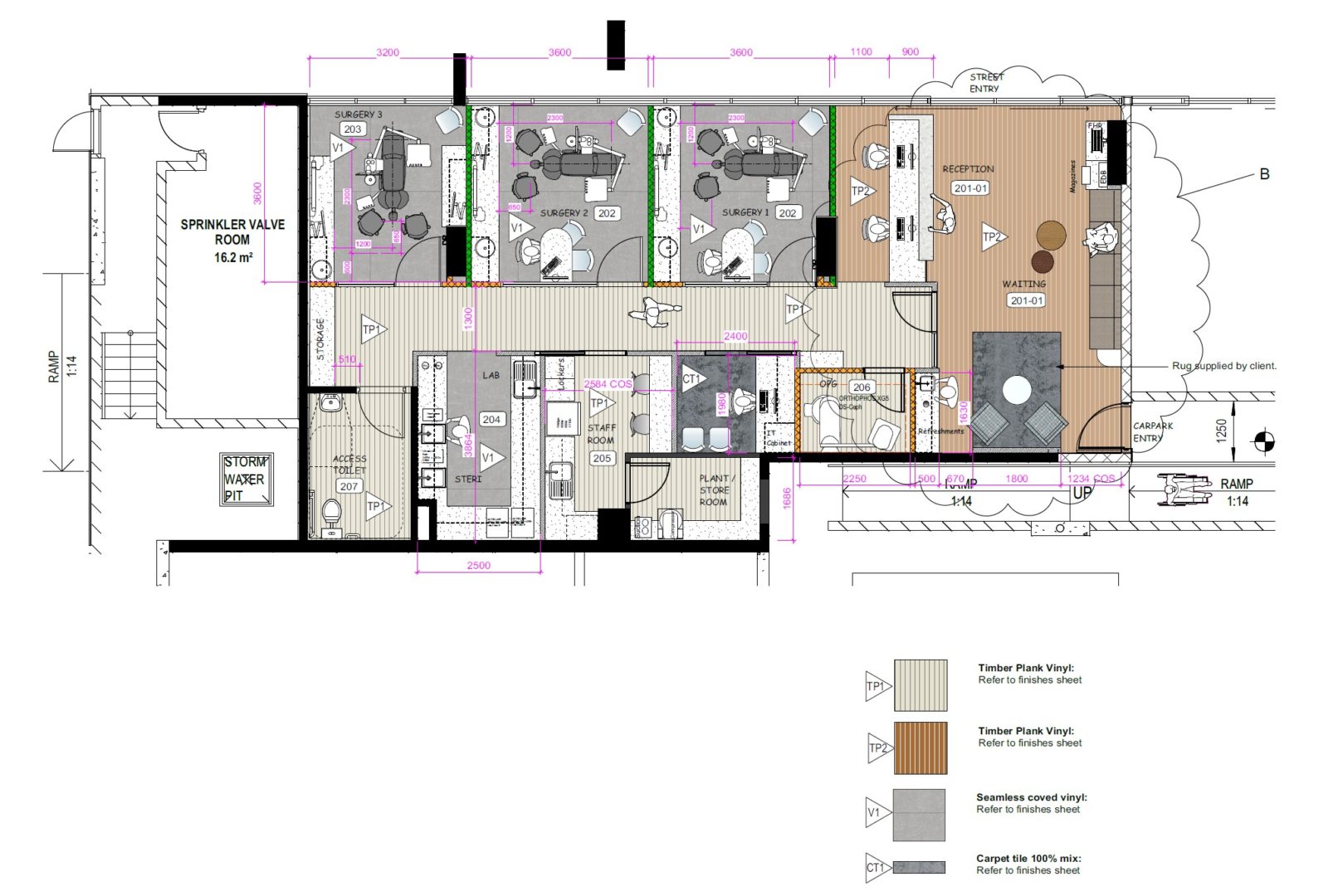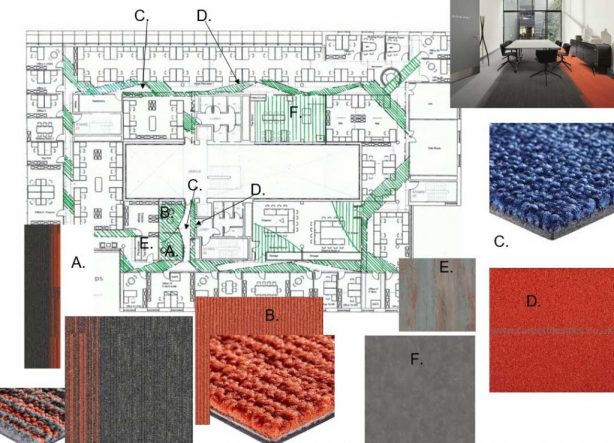Space Planning Basics: How to Create a Space Plan
Table Of Content

Here are some of the most common space planning mistakes to avoid. The first step in creating a space plan is to define the purpose of the space. The purpose of the space will determine the layout, furniture, and decor.
Spatial Planning is An Important Part of The Design Process
One of the most common space planning mistakes is pushing all of your furniture against the walls. This is often done in an effort to make the room feel bigger, but it can actually make the room feel disconnected and unwelcoming. It ensures that the furniture is functional and fits the scale of the room.
Not creating special zones
By strategically arranging furniture, defining traffic flow, and optimizing the use of space, you can transform any room into a well-designed oasis that perfectly suits your needs and enhances your daily life. Interior design space planning is the process of organizing and arranging a space for maximum functionality, flow, and aesthetics. This procedure entails taking a strategic look at the available space to accommodate furniture, people, equipment, decor, and the various activities that occur there. I’ve had more than one client fall in love with a couch and buy it on the spot, only to learn after that it’s not the right size for their great room.
Simple Interior Design Blog Post Ideas That Work Every Time
To maximize the functionality of a space, it's essential to zone and organize different functional areas within a room. Identify the various activities that will take place in the space and allocate specific areas for each function. For example, in a living room, you may have zones for seating, entertainment, and reading. By clearly defining these zones and arranging furniture accordingly, you can create distinct areas that cater to different activities and optimize the use of space.
Office Space Planning
VR allows you to step into a virtual environment and experience the space as if you were physically present, enabling you to evaluate the layout from different perspectives. AR overlays digital elements onto the real world, allowing you to view virtual furniture and objects within your existing space. These technologies enable you to assess scale, proportions, and spatial relationships more accurately. Exploring different room layout options and configurations allows designers to consider the flow and functionality of the space. This involves analyzing how furniture, fixtures, and circulation paths interact to create a harmonious and efficient layout.
Whoever designed our kitchen when the house was originally built came up with a beautiful and symmetrical design. But it's far from ideal to cook in because no one took the time to consider how the space would function as someone cooks a meal or puts away dishes. There is only about 18 inches of countertop space on either side of the cooktop–that makes it really challenging to dish out dinner from whatever I have cooked for 4 people. A room that is too cluttered or too empty can be uncomfortable and uninviting. Creating special zones is another important aspect of space planning. Special zones can include areas for reading, working, or relaxing.
How to Create Your Own Space Plan
Rooms need to be functional, using the space available to create something that works. Space planning allows designers to define a room or zones within a room for its intended purpose. It ensures that the space is optimally used and avoids the inclusion of clutter and confusing room layouts. Now that the layout and core functions of the space have been determined, it is time to bring interior design principles to life, ensuring the space is as aesthetically pleasing as it is useful.

It gives practical consideration to storage, which helps minimised clutter and maintain an organised home. Space planning for an interior design project in a small apartment, for example, ensures that storage space is given top priority and and that every area has a specific purpose and serves different needs. We encourage you to continue developing your space planning skills and apply them to your interior design projects. Whether you're designing a home, office, or any other space, thoughtful room layouts can greatly enhance the overall experience and functionality. One of the key principles of effective space planning is establishing smooth traffic flow and circulation patterns within a room. Consider how people will move through the space and ensure that pathways are clear and unobstructed.
They take into consideration its intended function and the flow of movement. Our definitive guide breaks down the art of integrating core design principles into the space planning process. Next, move from the conceptual to the real by making floor plan decisions about layout, square footage, design aspect, etc. These decisions will practically affect how your client entertain guests, and how comfortable they feel in their own homes. These principles are essential because they help you make critical decisions about project details from the highest level down to the smallest aspect.

Online platforms provide pre-designed room templates, furniture libraries, and drag-and-drop functionalities, simplifying the process of creating room layouts. Imagine walking into a room that feels cramped, cluttered, and disorganized. It's challenging to find your way around, and the lack of functionality hinders your ability to fully enjoy the space. During the space planning phase, we will consider the size, proportions and functionalities of each room. We will evaluate its purpose, how people will flow through the space, and how to best organize your furniture and/or your fixed finishes (such as kitchen islands) for maximum functionality and aesthetic appeal. Have you ever been to a party at someone’s home and all the natural gathering spaces were also the high traffic areas?
Amrax: Offering Fast, Inspiring, And User-Friendly Solutions For Space Planning And Interior Design - Pulse 2.0
Amrax: Offering Fast, Inspiring, And User-Friendly Solutions For Space Planning And Interior Design.
Posted: Thu, 21 Mar 2024 07:00:00 GMT [source]
Stairs between the den and the dining area/kitchen lead to the upper level of the home. Here, a glass partition and railing allow natural light to travel throughout the interior. Upstairs, the small living room, featuring a fireplace, overlooks the laneway with a more private view towards West Toronto. The bedroom and bathroom are located at the rear of the house, facing the yard.
Easy circulation is—or should be—a priority in a home, and it is a major component of space planning. Your in-depth analysis together with basic design principles will help you create a well-balanced, easily navigable and beautiful space. When the project is finished, inspect the room to ensure that it adheres to your design. Discuss the completed design with your clients or family to get additional feedback on how to improve your process in the future. Consider the labor and material costs for any architectural changes that must be made.
Start space planning with your interior designer before you purchase large pieces of furniture and rugs or you might end up with wobbly end tables that are half on and off that dream rug you bought. If you’re not confident at drawing your own room space plan, there are various online interior design room planner tools and room designer software that you could use instead. We’ve covered some of the top room planning tools in this post, so go and check it out for ideas and inspiration. The online tools help you design a space in different ways, from simplistic outlines to more detailed scaled plans, in 2D and 3D. They can be really useful to help you properly visualize how designing a space could transform the look and feel of a room, especially it terms of a different furniture layout. After you’ve designed a space you’re happy with, don’t forget to save it or print it out, so you can refer back to it.
One of the primary advantages is the ability to visualize your ideas in a detailed and realistic manner. Even at an earlier stage of the space planning process, you're able to create three-dimensional models, manipulate designs, and explore various layouts with just a few clicks. This not only improves your design process, but also enhances communication with your clients, giving them a clear and tangible understanding of your vision.
Once you know the function of the space, you can start planning the layout, furniture placement, and other design elements. By creating a well-designed space plan, you can optimize the use of your available space and create a comfortable and functional environment. Spatial interior design takes into account the scale and proportion of the space, as well as the various zones within it. For example, a living room may have several different zones, such as a seating area, a reading nook, and a television viewing area. Each of these zones needs to be designed in a way that is both functional and visually appealing. Today, space planning is no more restricted to residential spaces but has floated to commercial projects too.
It fosters client satisfaction, which is invaluable if you are looking to create a name for yourself in the industry and expand your business footprint. This article explains space planning in simple language and shows you how to apply it to real-life projects. If you’re frustrated by the limitations of a small room, try finding pieces that can simply be scaled down. Smaller windows, lighting fixtures, or seating can still provide some of the functionality that your client wants.
Comments
Post a Comment